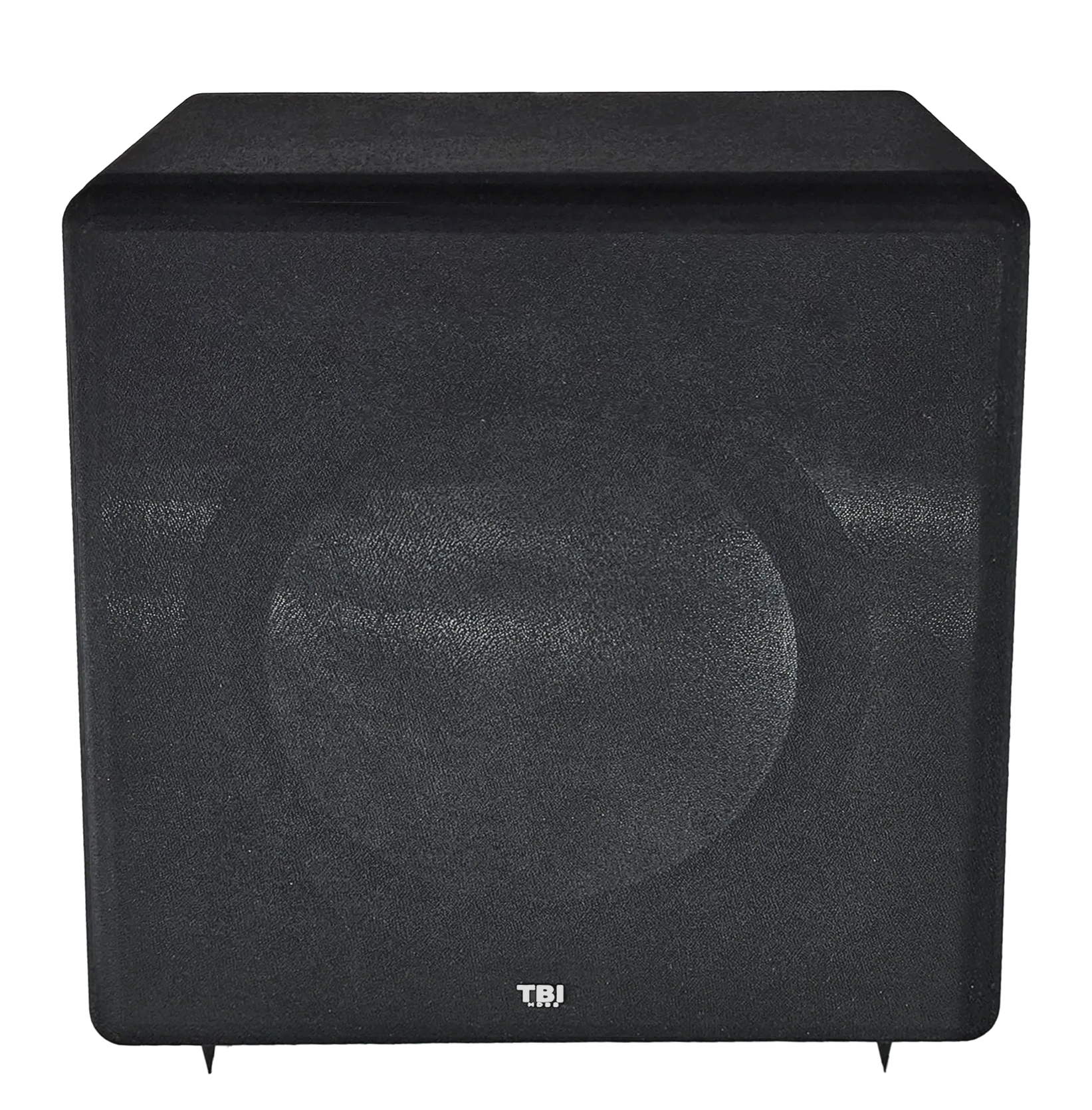I could not find it. A new patent is mentioned in the story but I saw no patent numbers, could you please provide a link?The patent number is available on the site!
Clearly. Though I should be able to measure it and see as well as hear the results. Some things are more difficult to measure and analyze than others, but your claim of taking the room out of the picture no matter the room or where the subwoofer is placed (I think you said that earlier but have lost track), and enhanced output for lower power with lower distortion, should be easy to measure.You really can’t see the improvement made by subwoofer you must experience it.
Damping is an engineering term and is most certainly there, perhaps not in the amount you desire. When you say critical damping, are you using Q = 0.7071? Any driver requires moving mass; it is only "excessive" if the voice coil, magnet assembly, and amplifier cannot drive it within desired parameters. There is no "resonance at the desired frequency", it is a driven system, typically highly overdamped due to very low amplifier driving-point impedance. There is also much research into producing lighter, stiffer cone materials.Damping, really critical damping is not there. When you say that the current subwoofer is not base on resonance well I have to disagree! For a subwoofer driver as presently used is requiring excessive moving mass to have resonance at the desired frequency.
My understanding is you are advocating use of smaller drivers, 6.5" diameter, to reduce mass. You must still produce the desired acoustic power output from the smaller driver, so it would presumably be a long-throw design. A dual-driver "push-pull" system could be used to help counter air inside the box, but current subs achieve low distortion at high output through large, stiff cones, large voice coil and magnet structures, and large amplifiers with low output impedance to drive them. You claim to have achieved that with much less power and much smaller drivers, but other than repeated use of the words "innovation" and "resonance" have not explained how you have accomplished that while dismissing any technical discussion. That leaves me, and likely others, curious about how you are achieving the performance, particularly in light of the claims that the room no longer matters. That would be awesome but seems as-yet unproven (a listening review without controls is interesting but not necessarily definitive, and nothing I have read in the reviews so far says the room is taken out of the picture).This moving mass must move back and forth and the more mass the slower the response! Please tell me that I’m not wrong here!
As for slower, no, it works as a system and overall response is determined by the amplifier, voice coil, magnet, spider and surround, and so forth. Cone mass is just one variable. More mass may take more driving power but is not automatically slower in the sense you seem to be saying.
I do not treat a speaker as a resonant system like a tuned RF amplifier or oscillator. It is simply a driven electromechanical driver, not a resonator. Any system that does not have infinite bandwidth requires finite time to start and stop. How does your design circumvent physics?Resonance is also a timed event to develop and decay! It’s the wrong way perhaps the only way known to this point! I’m spreading information.
I agree with @sigbergaudio audio that the barriers to including subwoofers have little to do with the subwoofers themselves. There is resistance to adding subwoofers to a stereo system (HT systems accept them routinely) out of fear they will corrupt the sound, resistance to adding additional boxes and placing them appropriately (since beside the main speakers is rarely the best place for the subs), and integration concerns since, although the science is well-known, its application can be challenging especially trying to tune (dial in) the system by ear.Regardless of who is right here I see too many failures of desired subwoofer results on this forum! To sub or not to sub shouldn’t even be a question as everyone wants a solution that works. You want to extend your bass in your room while maintaining the integrity of your system. It’s possible now through 21st century innovation. Innovation is so scarce for loudspeakers until our local university “Georgia Tech” has removed it from their curriculum! They used to be the center of loudspeaker research.
Dirac Live and Trinnov have both introduced new bass schemes recently so innovation is not completely dead. I suspect audio will always be a very niche curriculum for any university. Of 200+ college hours I took, less than 10 semester hours were for a couple of graduate engineering courses on acoustics, and most of the "audio" oriented courses were targeting either the music or theater departments rather than engineering or physics departments.
















